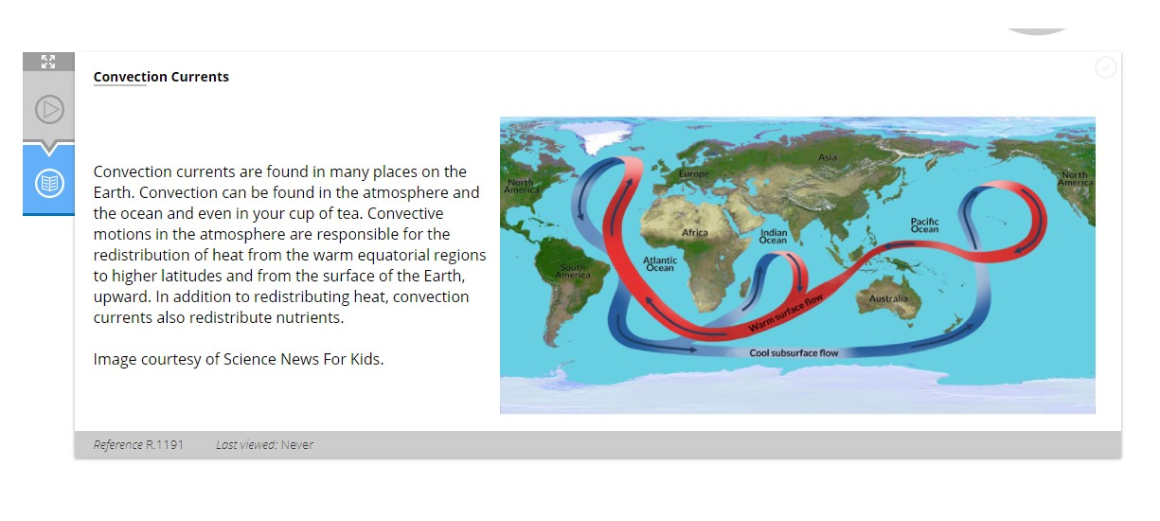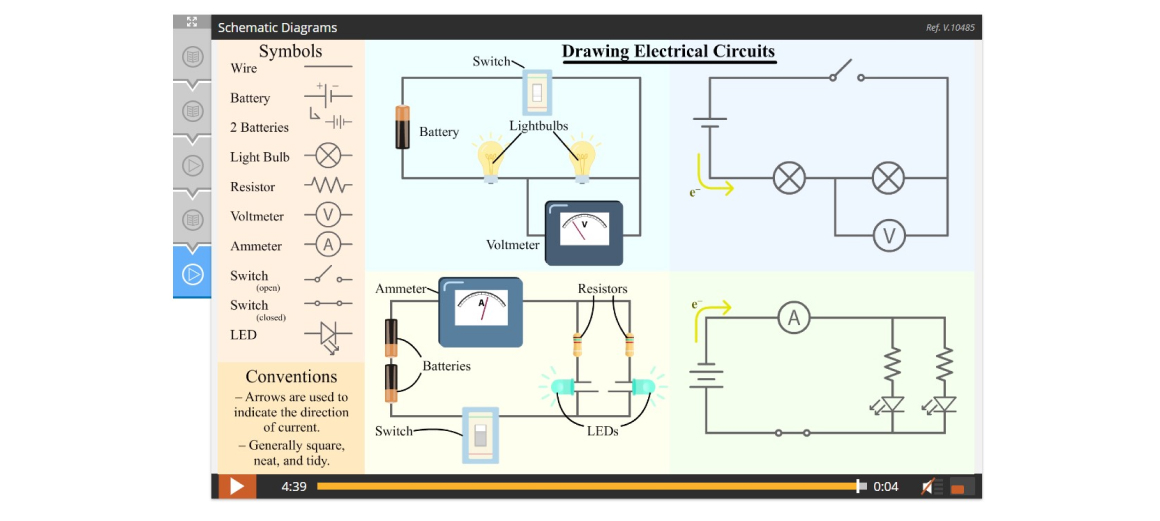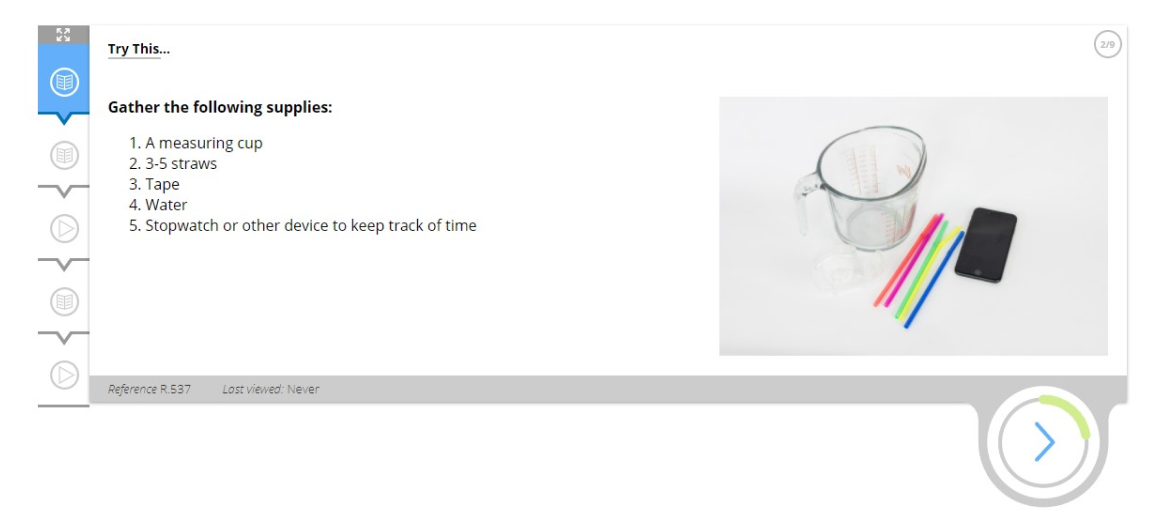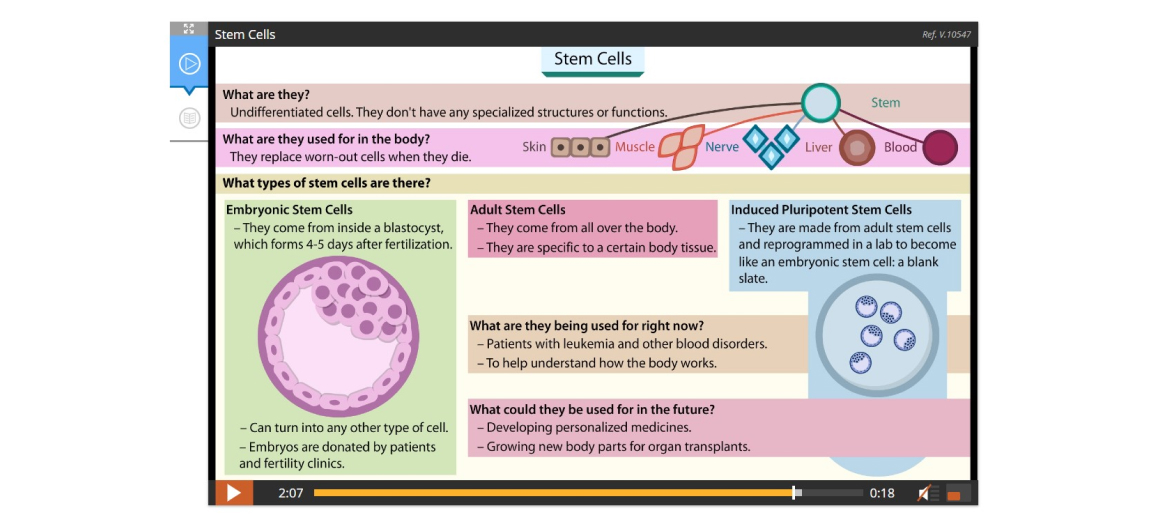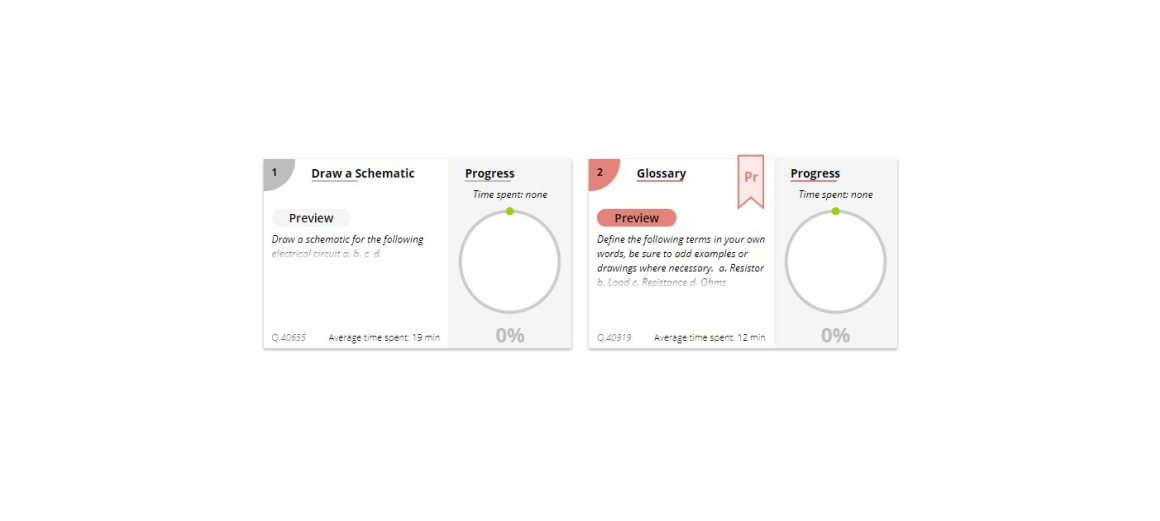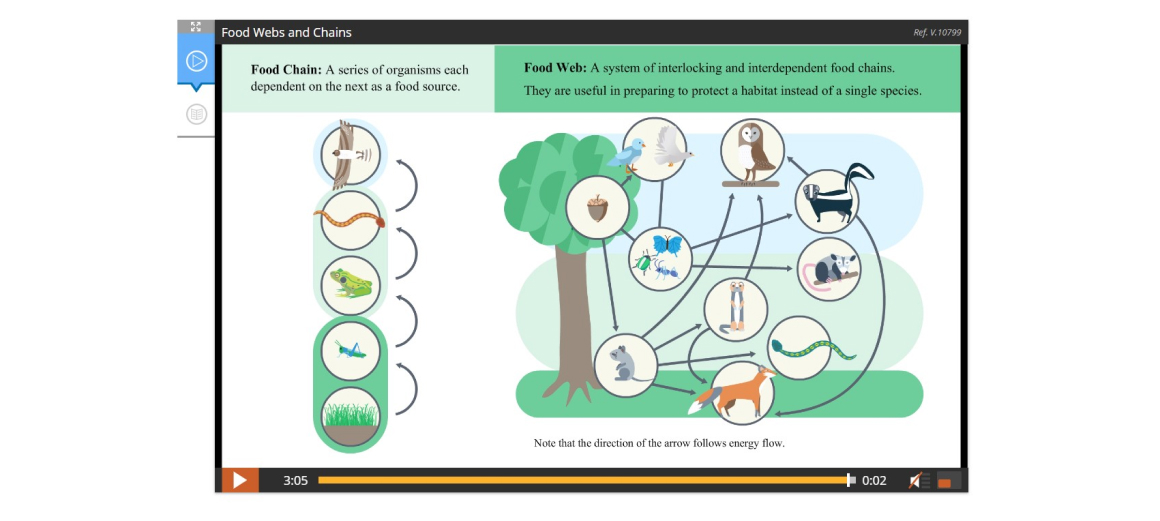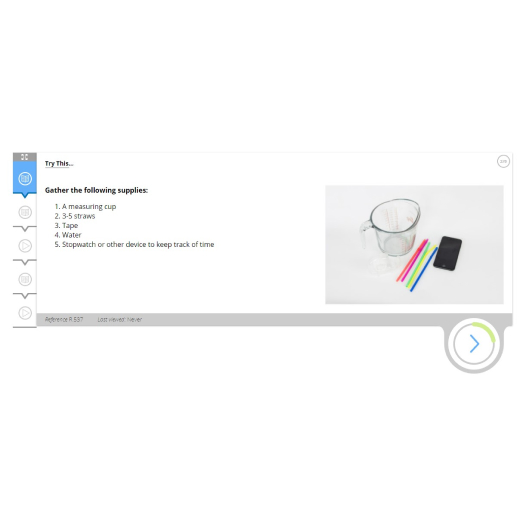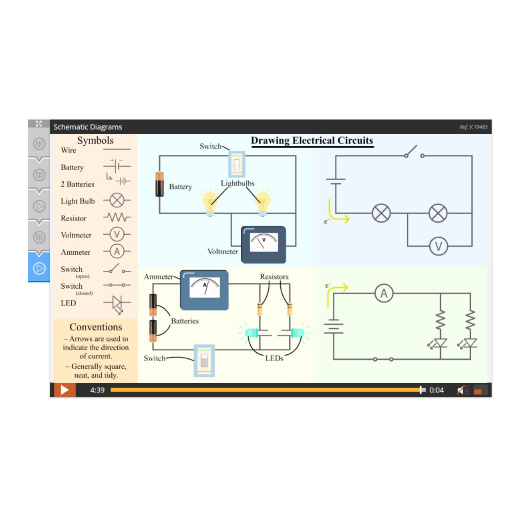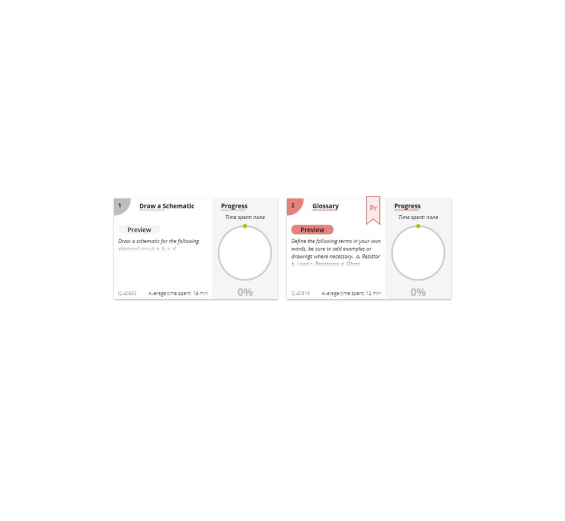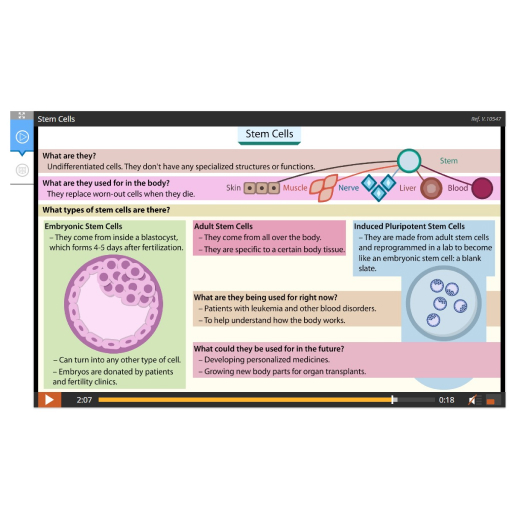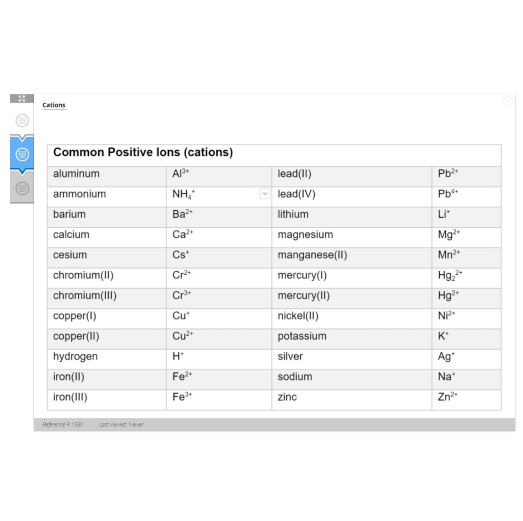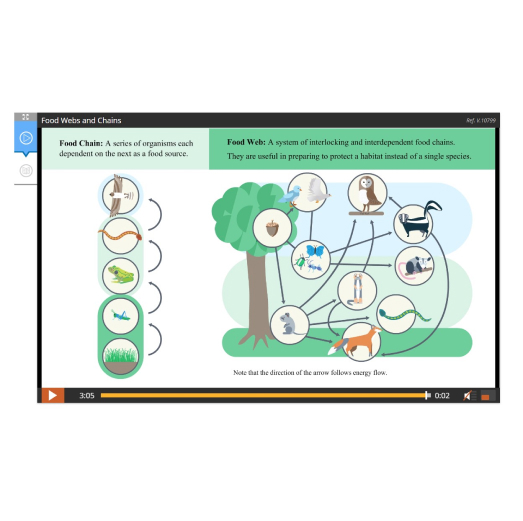Science 9
Earth Science: Are you curious about how you can use your voice to influence social change on Scientific issues? This is your chance to make your voice count and learn about the power of social media in impacting social change. Practise your social media skills by learning how to tweet, just to your teacher for now, and then how to change that into a Rick Mercer style “rant” and you’ll be ready to use your voice! In this module on the interconnectedness of the different spheres on Earth, you will be given the opportunity to share your opinions and learn through tweets and rants. Get ready to use your voice to bring light to topics you wish were better understood or topics you have a passion about!
Biology: Have you ever wondered what it’s like to be a genetic engineer, a genetic counsellor or a fertility doctor? Now is your chance! After you meet three couples who come to you for help, you’ll examine DNA, study genetics, read about Designer Babies, model cell division and explore biotechnology and bioethics before coming to a conclusion about what to do in each scenario.
Chemistry: What in the world is the world made of? Discover answers to important questions that have been asked for thousands of years, and uncover the mysteries of what matter is made of at the smallest scale! We’ll be exploring the Periodic Table of the Elements and understanding why it has the amazing order it does. Learn about how atoms can connect together to form minerals, metals, rocks, water, and more, and why it’s all about electrons!
Physics: Zap, crackle, pop! Hopefully you’ve not heard those noises in relation to electricity, but if you have, you can attest to the power behind it. What is electricity and how does it work? Students will dive into creating circuits and understanding how power works and then be given the opportunity to design a power map for a school that currently does not have access to power.
Table of Contents
Lesson 2: Static Electricity
Lesson 3: Current Electricity
Lesson 4: Basic Circuitry
Lesson 5: Series Circuits
Lesson 6: Introduction to Ohm’s Law
Lesson 7: Ohm’s Law in Series Circuits
Lesson 8: Introduction to Parallel Circuits
Lesson 9: Ohm’s Law and Parallel Circuits: Resistance
Lesson 10: Ohm’s Law and Parallel Circuits: Voltage and Current
Lesson 11: Putting It All Together
Lesson 12: Dangers of Electricity
Lesson 13: Power
Lesson 14: Making a Difference
Lesson 15: Work Days
Lesson 16: Write, Proposal, Checklist
Project: Alternative Energy Grant Proposal
Lesson 2: Human Genome Project
Lesson 3: The Discovery of DNA
Lesson 4: Mitosis
Lesson 5: Cell Theory Review
Lesson 6: Asexual Reproduction
Lesson 7: Designer Babies, Ethics
Lesson 8: Genetic Engineer: Decision Time
Lesson 9: Inheritance
Lesson 10: Meiosis
Lesson 11: Genetic Mutations
Lesson 12: Genetic Disorders
Lesson 13: Stem Cells
Lesson 14: Genetic Counsellor: Decision Time
Lesson 15: Sexual Reproduction
Lesson 16: Development
Lesson 17: Sexual Reproduction 2
Lesson 18: ART
Lesson 19: Fertility Doctor: Decision Time
Lesson 20: Presentation Skills
Project: Bioethics
Lesson 1: It’s All Interconnected
Lesson 2: Biotic and Abiotic
Lesson 3: Ecosystems and Food Webs
Lesson 4: Food Pyramids
Lesson 5: Bioaccumulation and Biomagnification
Lesson 6: Effects on the Ecosystem
Lesson 7: The Atmosphere
Lesson 8: The Ozone
Lesson 9: Solar Radiation
Lesson 10: The Carbon Cycle
Lesson 11: The Hydrosphere
Lesson 12: Acid Rain
Lesson 13: Water Pathways
Lesson 14: Water Pathways 2
Lesson 15: The Geosphere
Lesson 16: The Nitrogen and Phosphorus Cycle
Lesson 17: To Fertilize or Not?
Lesson 18: Ecosystem Based Management
Lesson 19: Use Your Voice
Lesson 2: Properties of Matter
Lesson 3: Dalton’s Model of the Atom
Lesson 4: Thomson’s Model of the Atom
Lesson 5: Rutherford’s Model of the Atom
Lesson 6: How Small are Atoms?
Lesson 7: Here Come the Elements!
Lesson 8: Introduction to the Periodic Table
Lesson 9: Getting to Know the Periodic Table
Lesson 10: Element in the Spotlight
Lesson 11: Periodic Patterns
Lesson 12: Bohr’s Model of the Atom
Lesson 13: Atoms vs. Ions
Lesson 14: Ionic Compounds
Lesson 15: Covalent Compounds
Lesson 16: Chemical Reactivity
Lesson 17: The Kinetic Molecular Theory
Lesson 18: Atomic Timeline
Experience a lesson as your students would
Course Features
- Students will learn how/why social media is a powerful tool as an agent in social change
- Reflection into their own waste habits, students will need to analyze how their actions affect the world around them
- Covering controversial topics such as genetic engineering, designer babies and the ethics behind it
